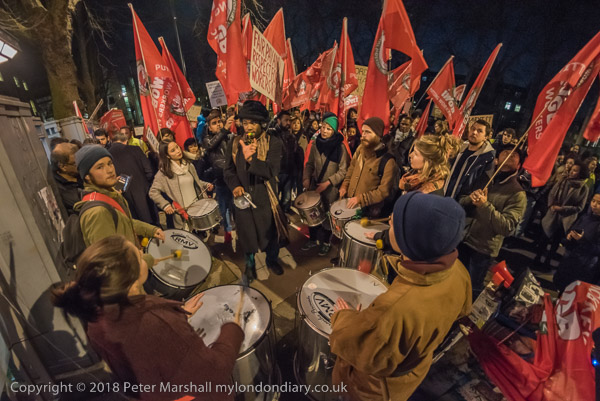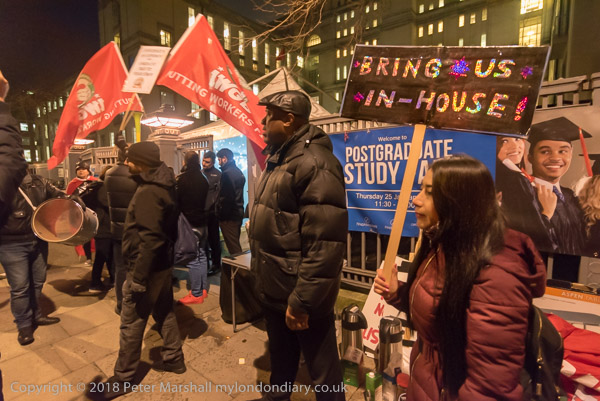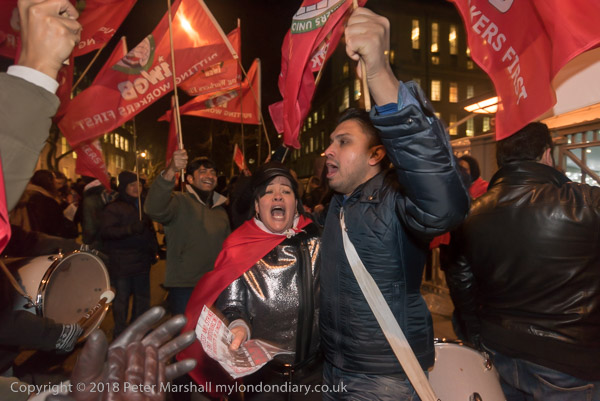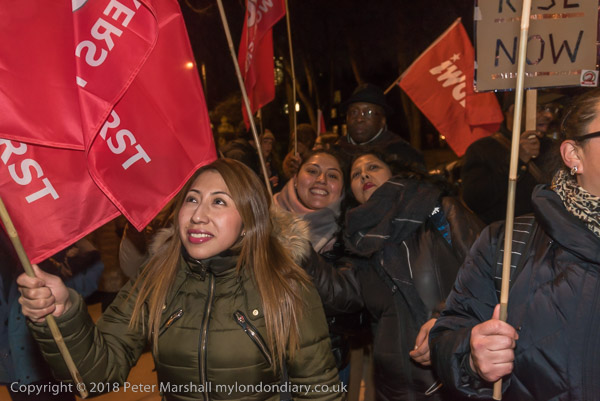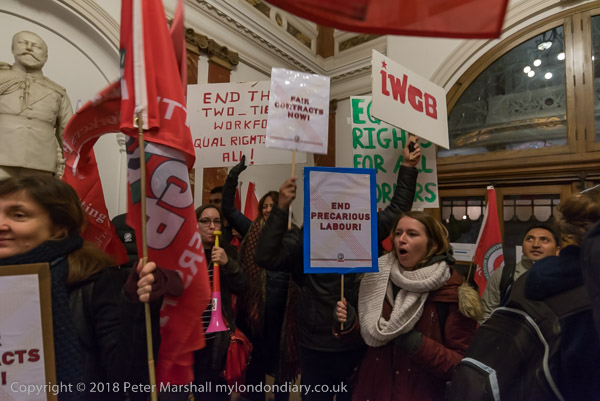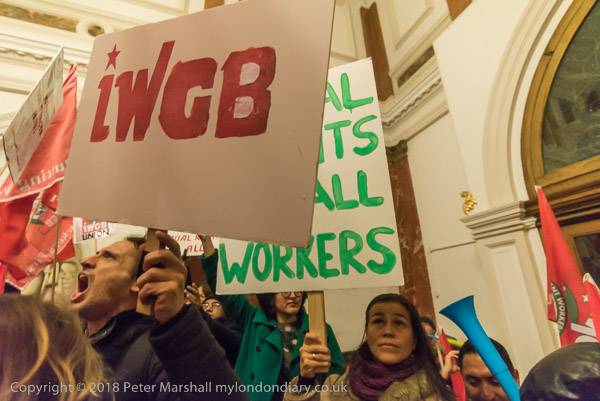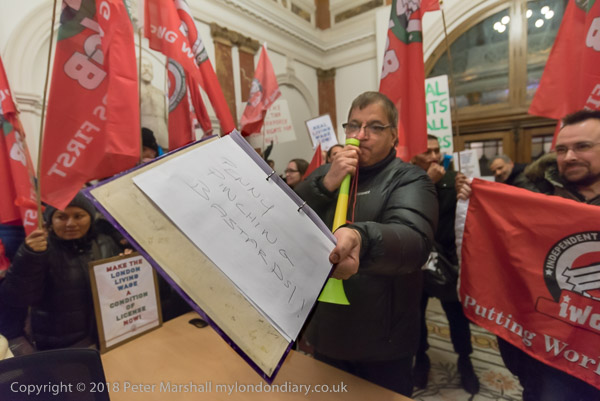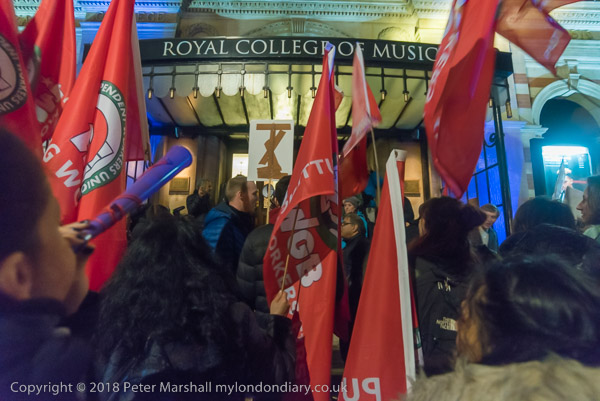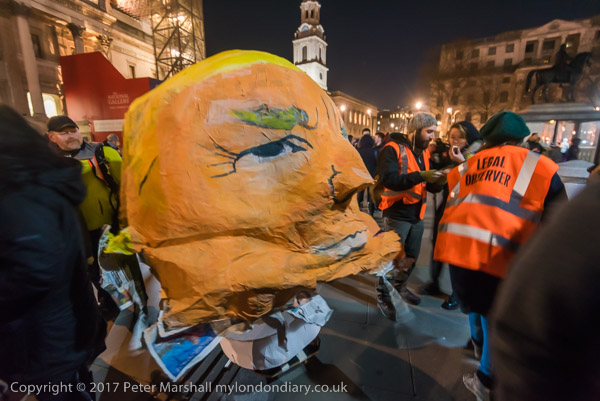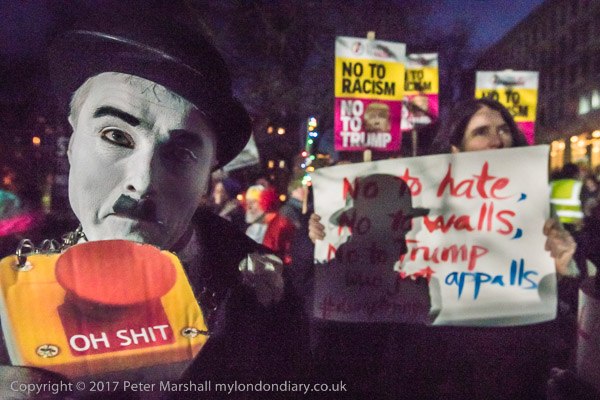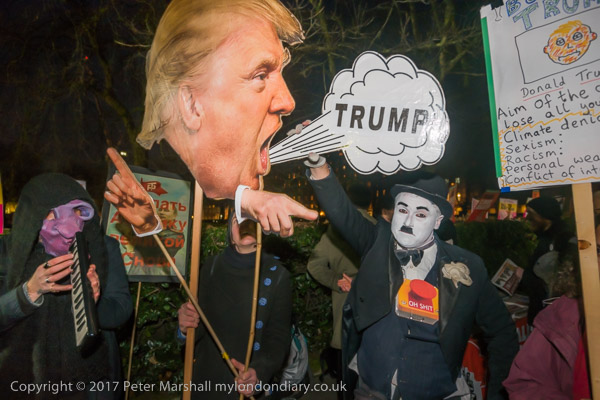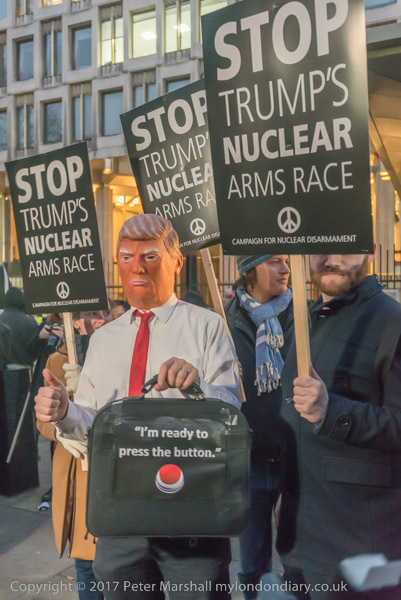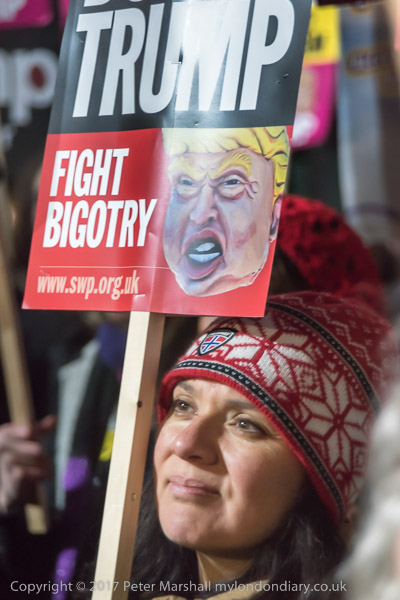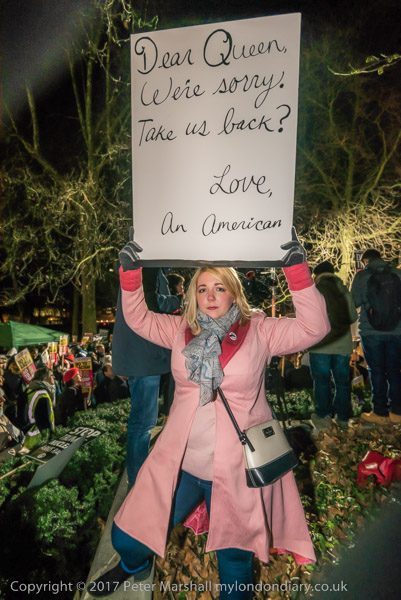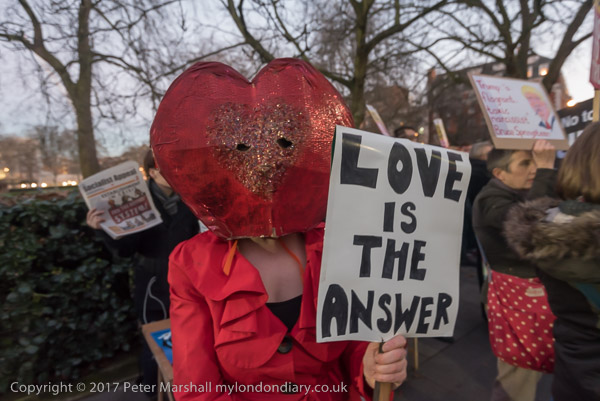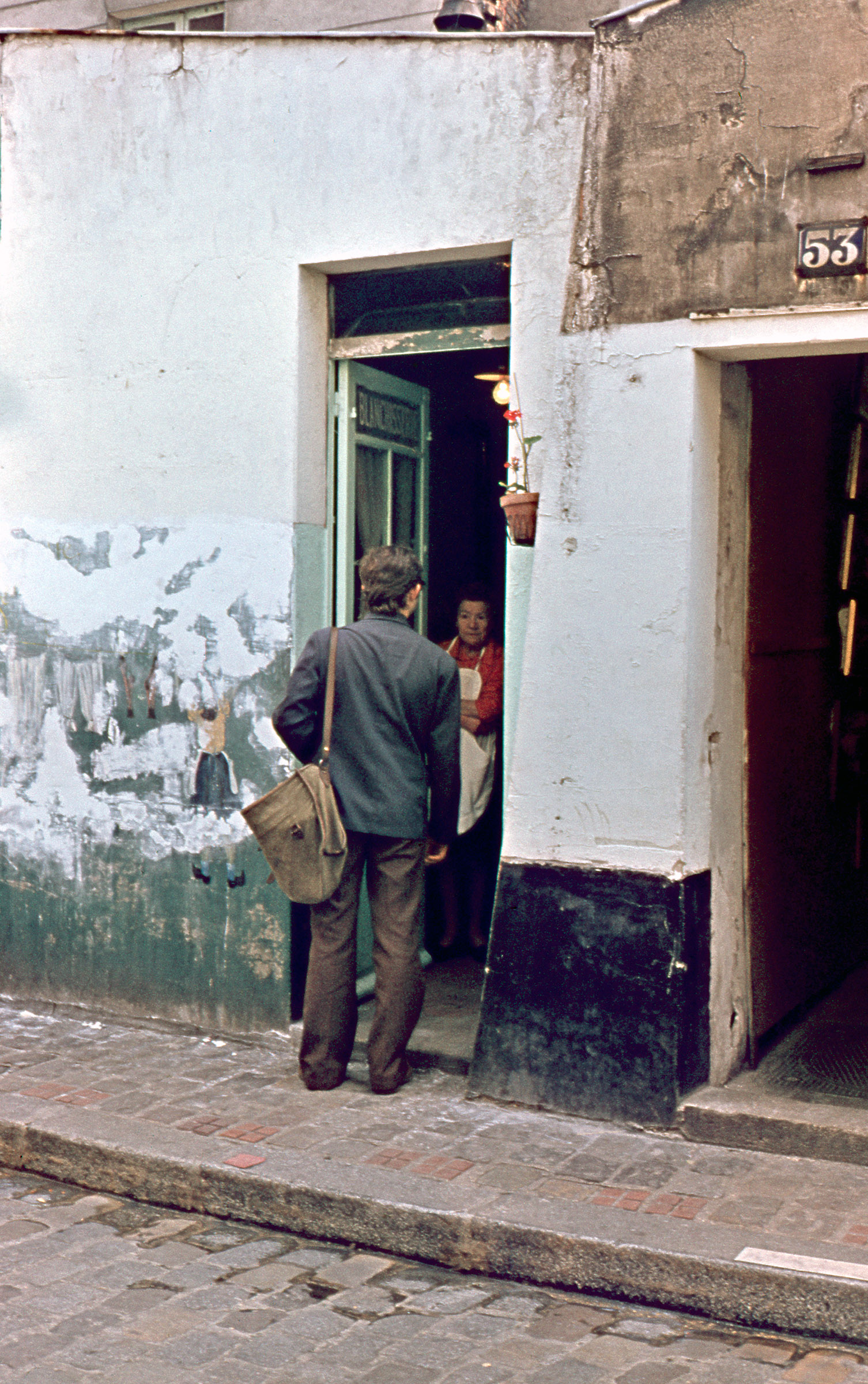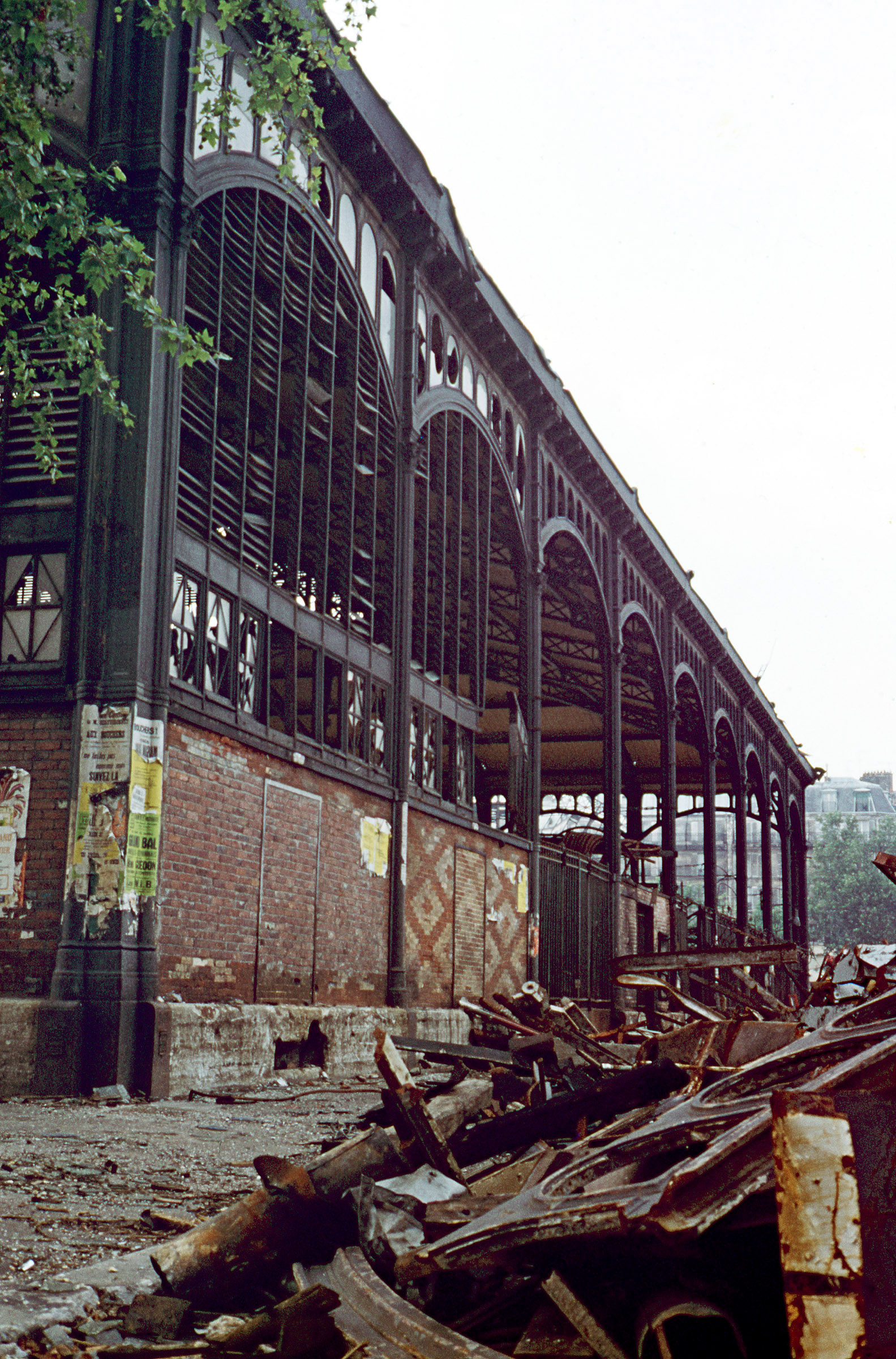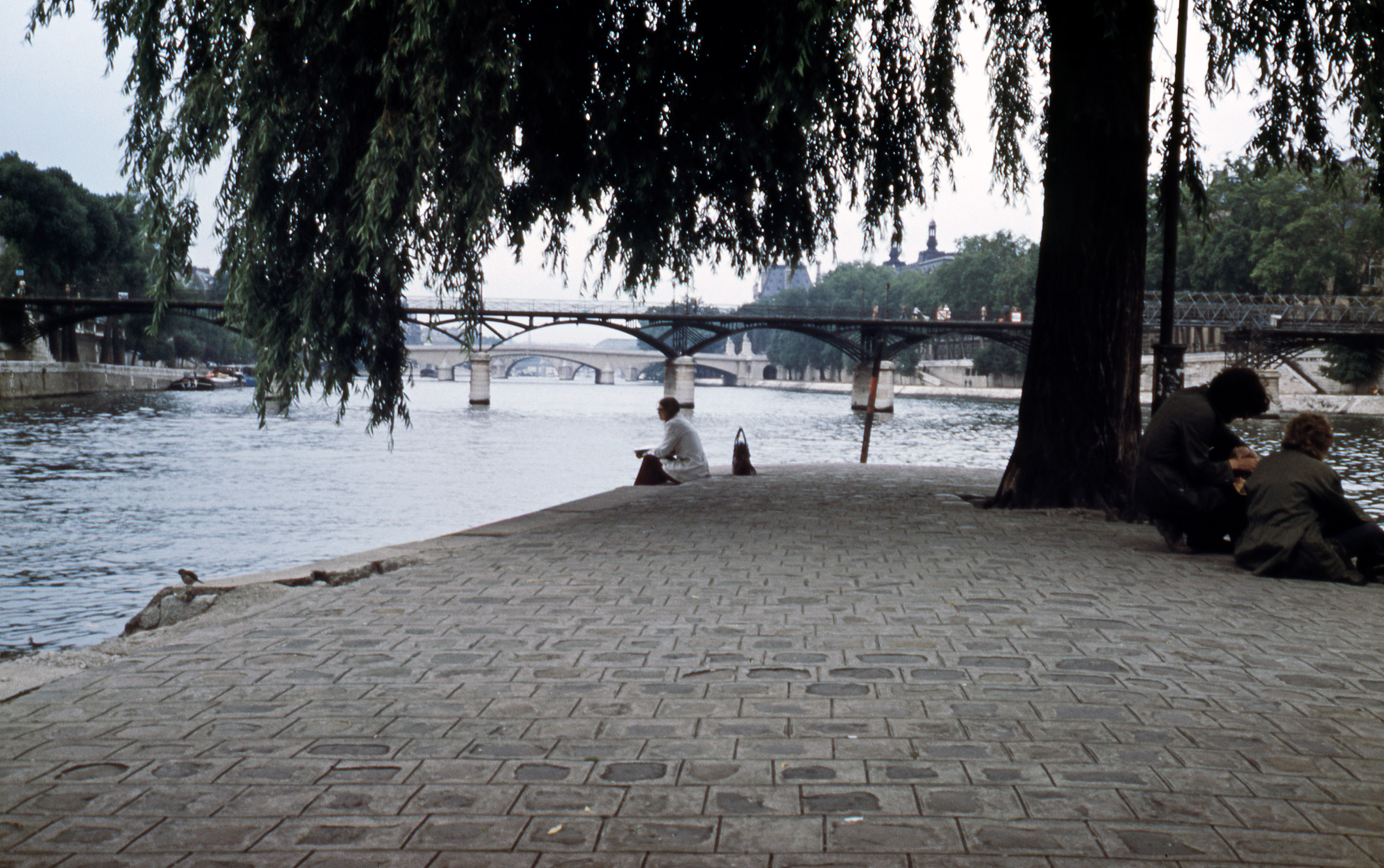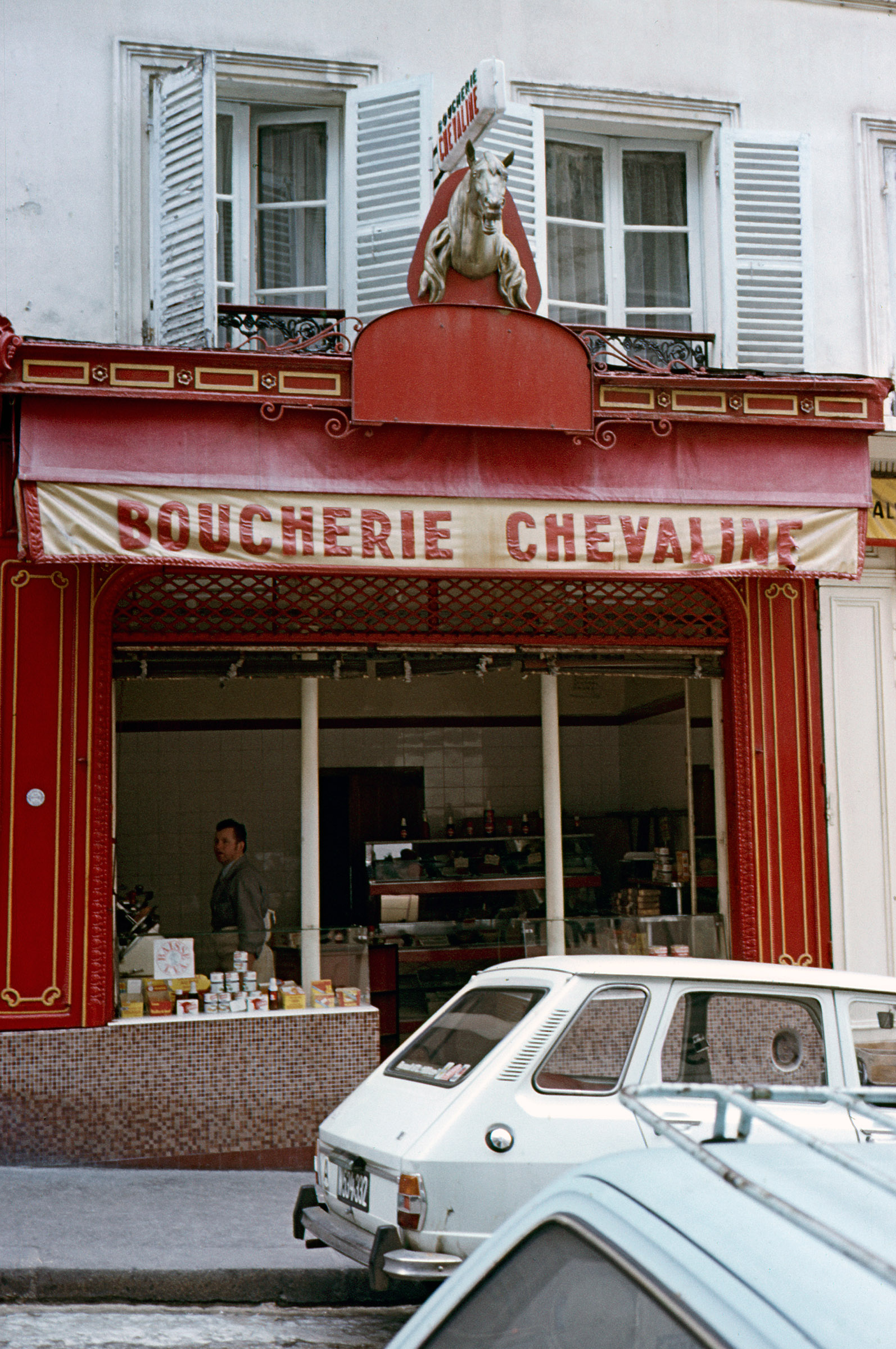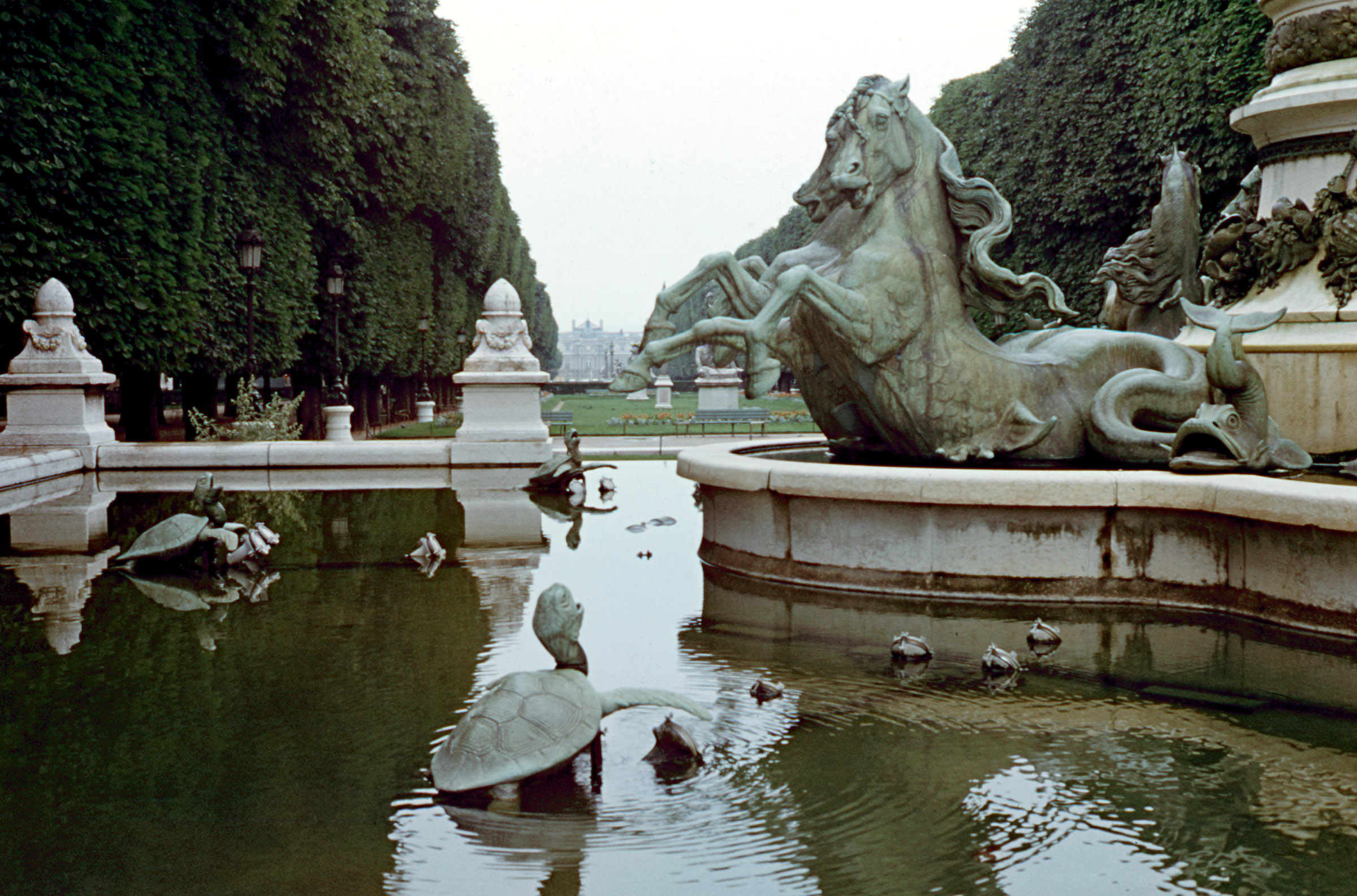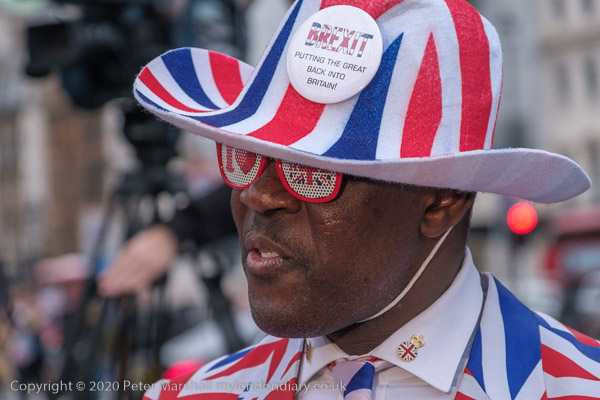
A year ago there were people celebrating that we were about to leave Europe. Some of them are probably still celebrating now, though we’ve yet to see any of the many advantages that were promised, and have had to come to grips with a few of the downsides.
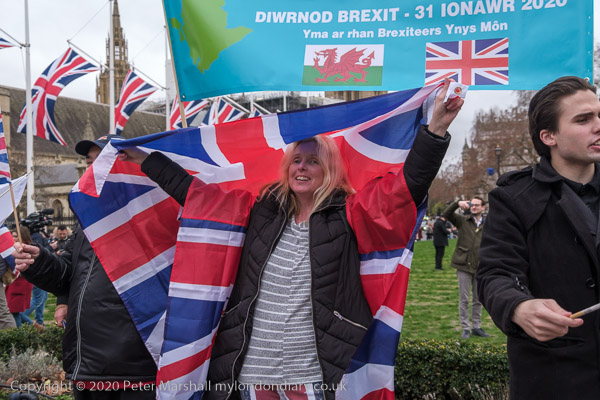
Of course the virus has rather taken our minds off Europe, and while the date of 31st January 2020 had political significance, the transition period and apparently endless bickering over a trade agreement meant that effectively we only left on Christmas Eve – and with an agreement that, thanks to the ridiculous negotiating strategy of our government who seemed to expect that Europe would somehow cave in if we kept shouting at them in English that we would leave without a deal, was considerably less favourable than was on offer earlier in the process.
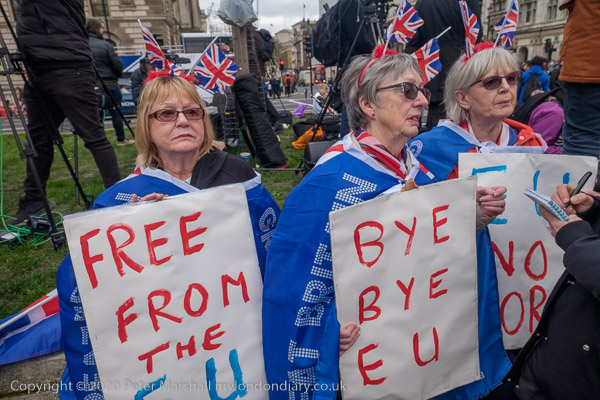
It’s been a year in which the sheer incompetence and greed of the Conservatives in handling the virus emergency – and in particular the handing out of contracts to their unsuitable and unqualified friends and donors and a dogmatic attitude towards local government and their efforts over previous years to move the NHS towards privatisation has led to many tens of thousands of avoidable deaths. In particular the near-total failure of a national system of tracking and tracing and a poorly implemented phone-based system seemed deliberately designed to increase transmission, perhaps in line with the government’s initial espousal of developing herd based immunity. This would have required a very high percentage of the population to have become infected, and given what was known at the time about the likely death rate, would have resulted in around 400,000 early deaths. Some in government apparently saw that as a bonus, as these would largely have been among the elderly and unproductive, hugely reducing the payments of pensions and other benefits and, post-covid, the costs of what remained of the NHS.
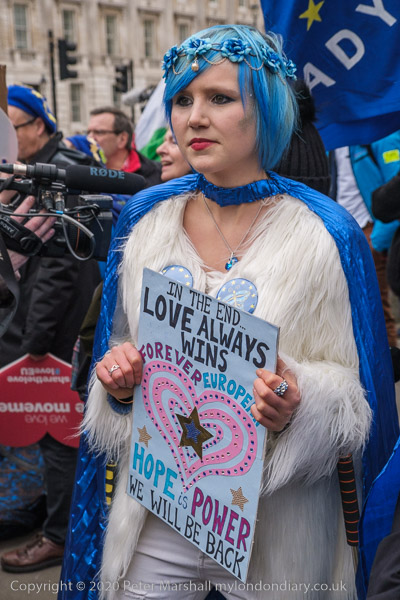
But back on 31st January a year ago, Covid was not much on our minds (I began to get warnings I should isolate though contacts with those scientists advising the authorities a couple of weeks later – and it took another month after that for the government to react.) But Europe very much was, and as well as those celebrating there were others mourning our loss and celebrating “the 47 years we were in the EU and all we contributed and the positive influence it has on our country.”
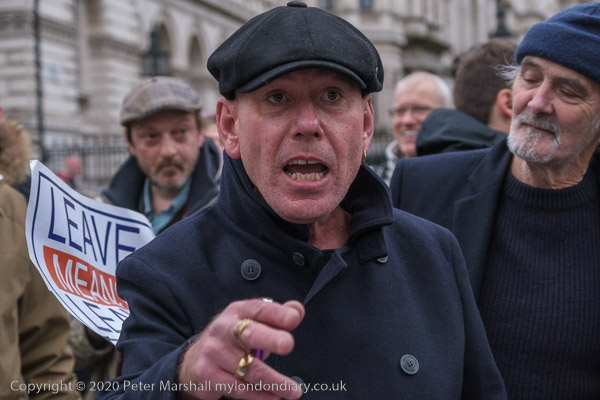
The deliberately met several hours before the pro-Brexit celebrations were due to start avoid any clashes as they marched from Downing St to the offices of the European Commission in Smith Square, but despite this triumphant extreme-right Brexiteers came to Downing St to shout insults, calling the EU supporters traitors and telling them they were not British, bad losers and more. After police had managed to separate the more aggressive of them moving them to the centre of Whitehall they then attempted to burn an EU flag. The flag refused to burn, though it melted a little in the parts that were heated and the flames came almost entirely from an aerosol spray and some paper fliers.
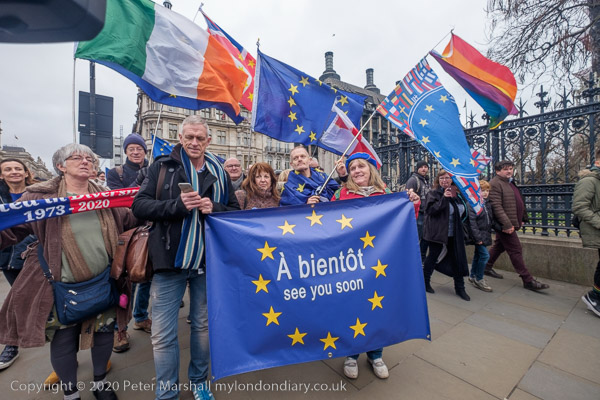
The march went ahead, with just a few jeers as it passed through Parliament Square. At Europe House the European Commission staff came out to welcome them and were given flowers and there was a short speech expressing thanks for what the EU has done for our country and hoping that one day we will rejoin Europe.
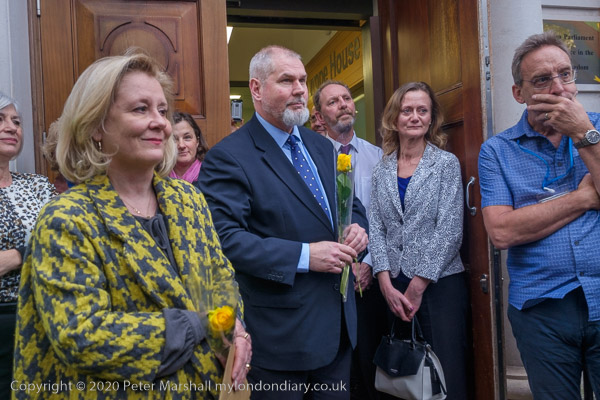
I went home then not wanting to join in the celebrations that were shortly to take place in Parliament Square. As I wrote at the time:
I’d had enough of Brexit. We will have to live with its consequences for some years and I’m not looking forward to it. Times are likely to be tough for the poor, the disabled, the sick and for workers generally,
My London Diary, Jan 31 2020
including most of those who voted for it and were celebrating in Parliament Square. The wealthy will of course gain – not least by avoiding the clamp down on tax evasion which the EU is now beginning.
À bientôt EU, see you soon
Extremist Brexiteers Behaving Badly
Brexiteers celebrate leaving the EU
All photographs on this and my other sites, unless otherwise stated, are taken by and copyright of Peter Marshall, and are available for reproduction or can be bought as prints.
